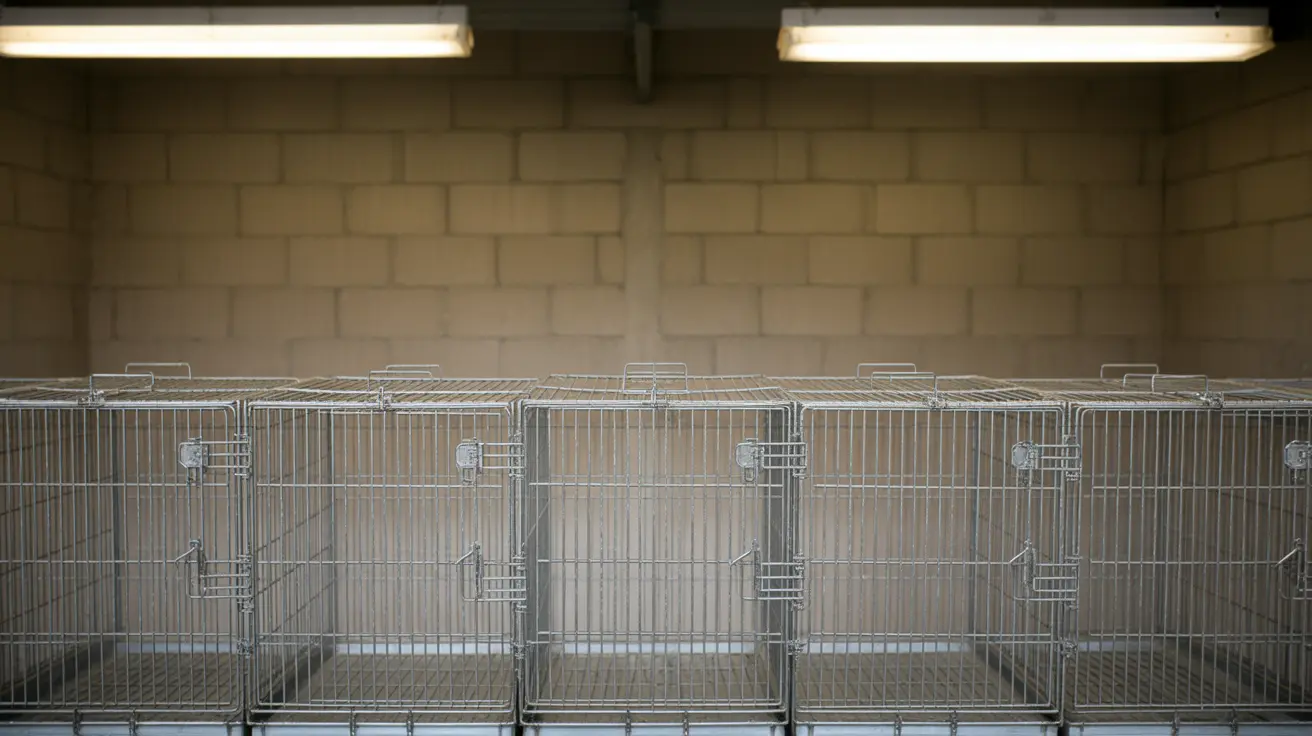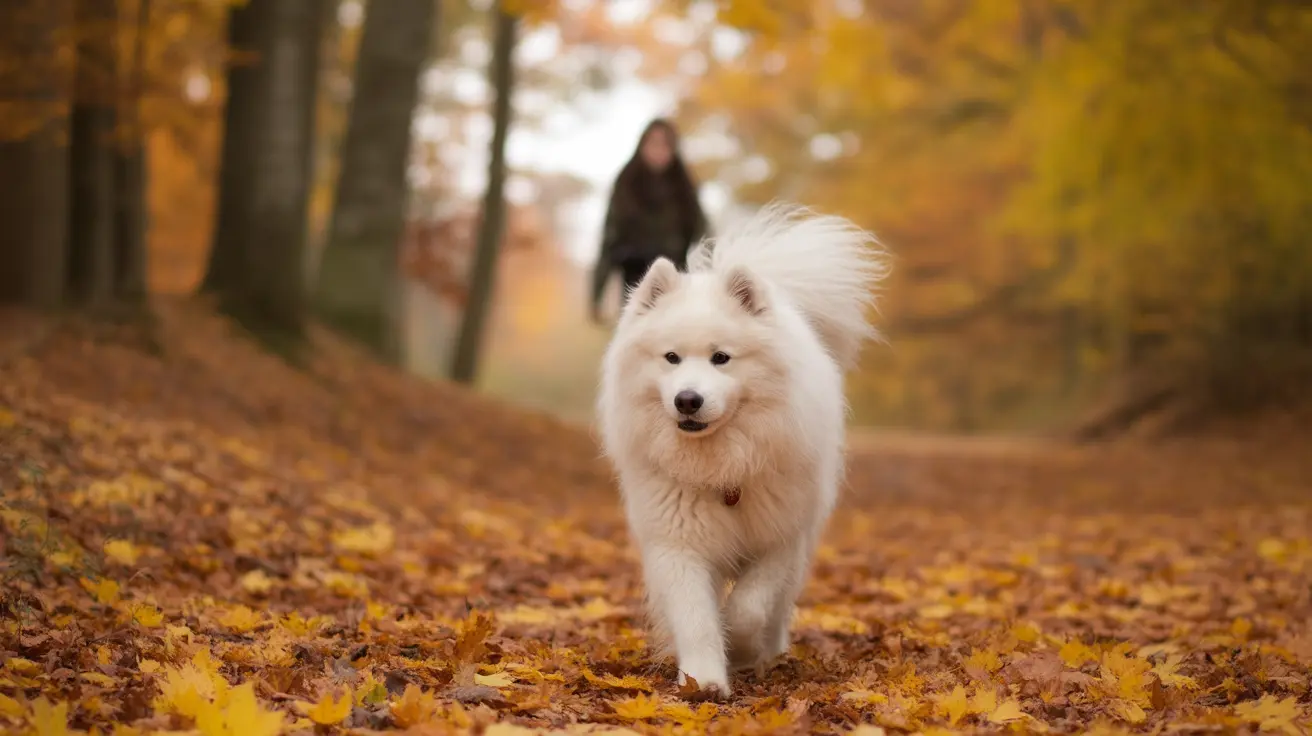What is the most unhealthy food for cats?
The most unhealthy foods for cats include raw meat, high-fat treats, milk, grapes, onions, garlic, and other toxic ingredients that can cause serious health issues.
The Most Unhealthy Foods for Cats: What to Avoid
Cats are obligate carnivores that require a carefully balanced diet to thrive. While many commercial foods meet these needs, some foods—especially those found in human kitchens—can be extremely harmful. Responsible pet owners should be knowledgeable about what to avoid in a cat’s diet to prevent health risks like obesity, digestive issues, and even toxicity.
Commonly Unhealthy and Toxic Foods for Cats
- Raw Meat and Fish: Though it may seem natural, raw meat can harbor harmful bacteria like Salmonella and E. coli. Raw fish also contains an enzyme that destroys thiamine (vitamin B1), leading to neurological problems.
- High-Fat Treats and Table Scraps: Foods high in fat can lead to gastrointestinal upsets and may contribute to obesity. Too much fat can even result in pancreatitis.
- Milk and Dairy Products: Many cats are lactose intolerant. Feeding them cow's milk can lead to diarrhea, upset stomach, and discomfort.
- Grapes and Raisins: Highly toxic, even small amounts can lead to acute kidney failure in cats.
- Onions and Garlic: Both can cause the destruction of a cat’s red blood cells, leading to anemia. These are found not only raw but also in powdered forms in various foods.
- Alcohol and Caffeine: These substances are extremely dangerous and can be fatal even in small doses.
- Chocolate: Contains caffeine and theobromine, both of which are toxic to cats, affecting their heart and nervous system.
Feeding Methods Impacting Health
Beyond specific ingredients, the way food is offered can influence its healthfulness:
Free Feeding
- Dry food left out all day increases the risk of overeating and obesity
- Appetite changes go undetected, complicating health monitoring
Meal Feeding
- Helps monitor food intake and establish routine
- Reduces risk of weight gain by regulating portions
Combination Feeding
- Offers dry food throughout the day with canned food at mealtimes
- Great for hydration and palatability, but must be portion controlled
General Guidelines for Safe Cat Feeding
- Commercial cat foods are formulated to meet cats' dietary needs; always look for those labeled 'complete and balanced.'
- Monitor calorie intake and weight regularly to prevent obesity-related conditions.
- Treats should make up no more than 10–15% of daily caloric intake.
- Avoid offering homemade diets without veterinary supervision—they're difficult to balance properly.
- Use food puzzles or toys to regulate food intake and provide mental stimulation.
Hydration and Feeding Environment
- Wet food or water fountains can improve hydration, especially in cats prone to low water intake.
- Provide shallow, wide bowls to avoid whisker stress.
- Feed cats in quiet, separate areas to reduce competition and stress.
Conclusion
While proper feeding methods and commercial diets help maintain feline health, avoiding toxic and unhealthy foods is just as crucial. Foods like raw meat, grapes, onions, and high-fat treats can pose serious risks. Understanding and following safe dietary practices—along with regular vet visits—ensures your cat stays healthy and happy. Always consult a veterinarian if you have concerns about what your cat is eating or if you're considering dietary changes.





